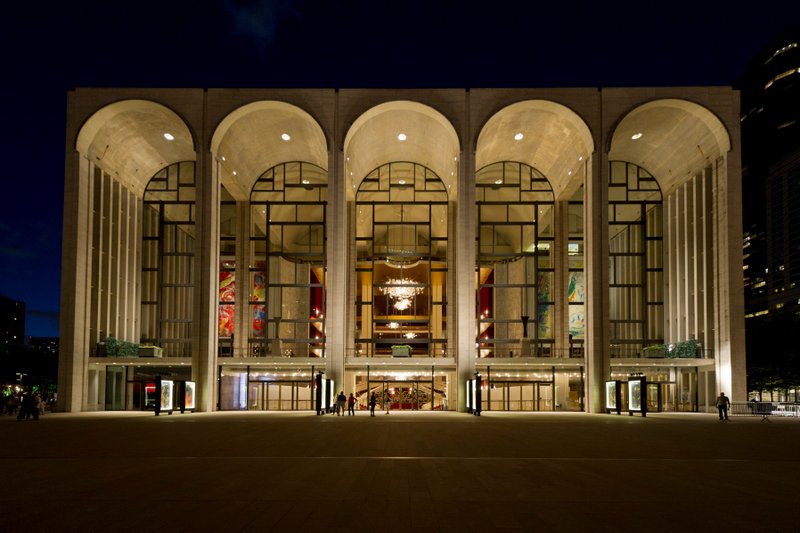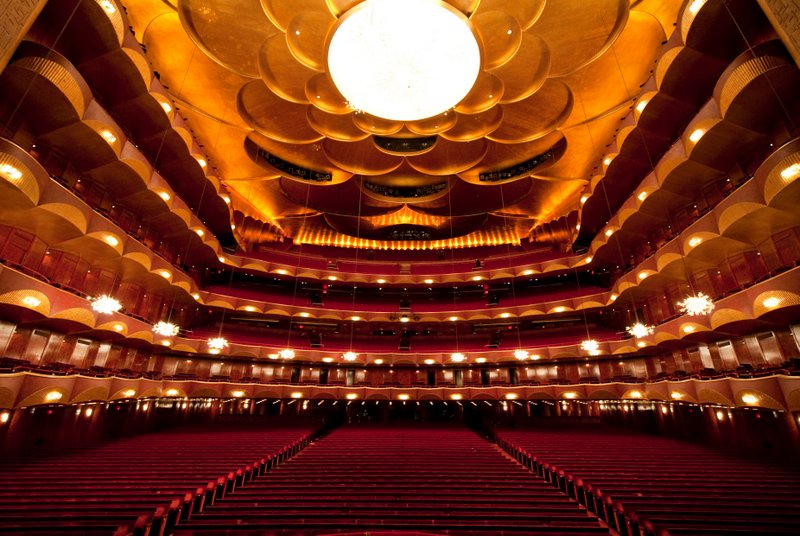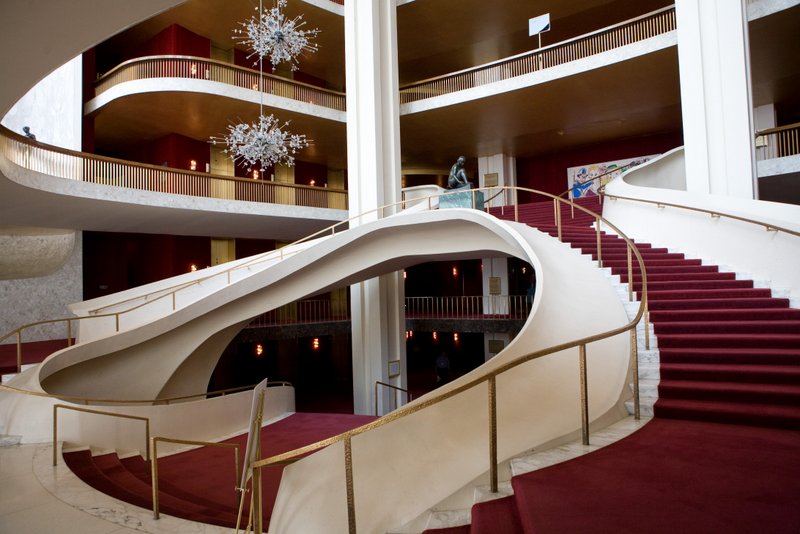 The Metropolitan Opera House at Lincoln Center. Photo courtesy Metropolitan Opera by Jonathan Tichler.
The Metropolitan Opera House at Lincoln Center. Photo courtesy Metropolitan Opera by Jonathan Tichler.
Behind the stunning productions at New York City’s Metropolitan Opera at Lincoln Center is an institution and building full of history and secrets. We recently went behind the scenes inside the Metropolitan Opera house to discover locations the public rarely gets a glimpse of – places that truly make the Met Opera come to life. Inside, approximately 1,800 people work to continue the Met Opera’s operatic tradition, producing new takes on classic operas as well as experimental works.
From an armory to a climate controlled archive, here are 15 secrets about the Met Opera to discover:
15. The Metropolitan Opera House is the Largest Repertory Opera House in the World
 The Metropolitan Opera House auditorium. Photo courtesy Metropolitan Opera by Jonathan Tichler.
The Metropolitan Opera House auditorium. Photo courtesy Metropolitan Opera by Jonathan Tichler.
The Metropolitan Opera house at Lincoln Center has a capacity of 3,995 people including standing room, the largest capacity of any opera house in the world. As a point of reference, the Sydney Opera House can seat up to 2,679 and the Paris Opera Garnier can seat 1,900.
The Metropolitan Opera house was designed by Wallace Harrison, the architect also behind the Rockefeller Center complex. The resulting structure was the culmination of competing design interests, a compromise between the Metropolitan Opera House Company which wanted a more traditional opera house design and the other Lincoln Center architects who favored a Modernist look for the arts center as a whole. Harrison went through forty-two other possible designs.
 The curved Modernist lines of the Metropolitan Opera House are reminiscent of Eero Saarinen’s TWA Flight Center. Photo courtesy Metropolitan Opera by Marty Sohl.
The curved Modernist lines of the Metropolitan Opera House are reminiscent of Eero Saarinen’s TWA Flight Center. Photo courtesy Metropolitan Opera by Marty Sohl.
Construction began in 1963 and the first public performance at the new opera house took place on April 11, 1966 with Giacomo Puccini’s La fanciulla del West.





